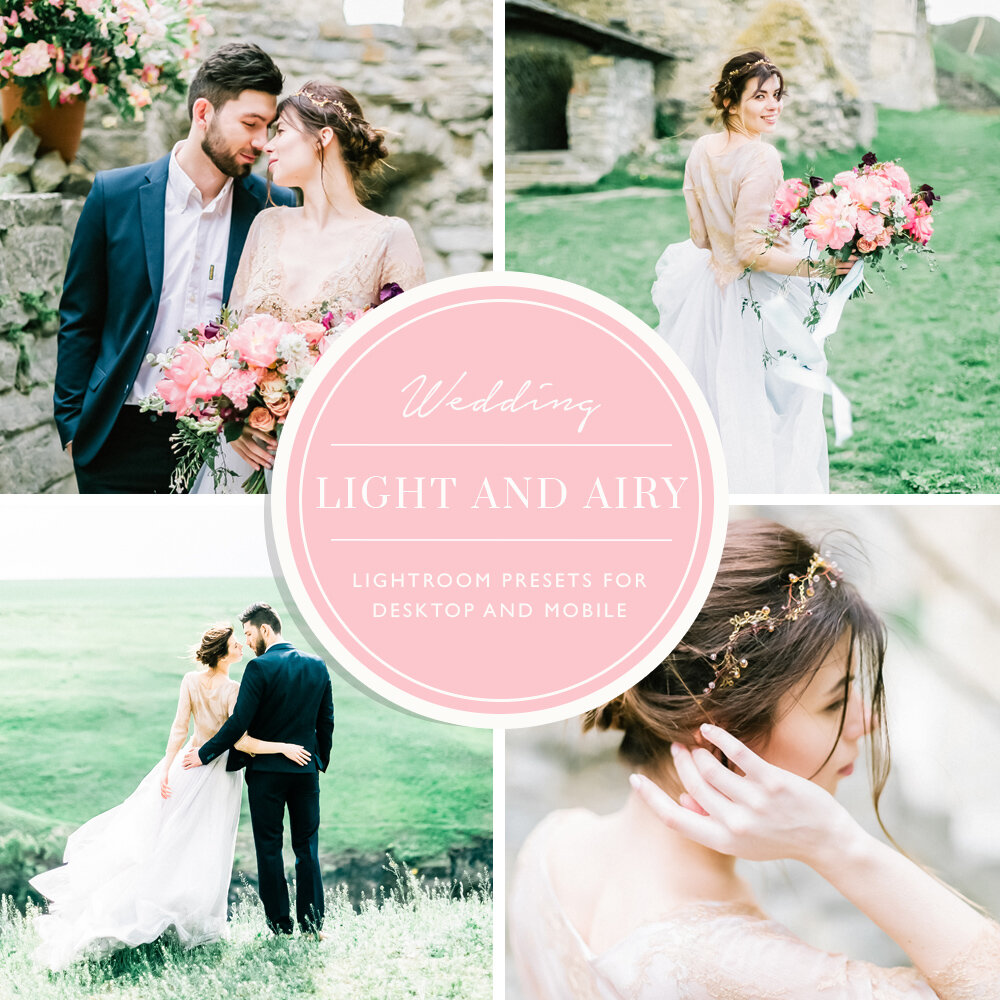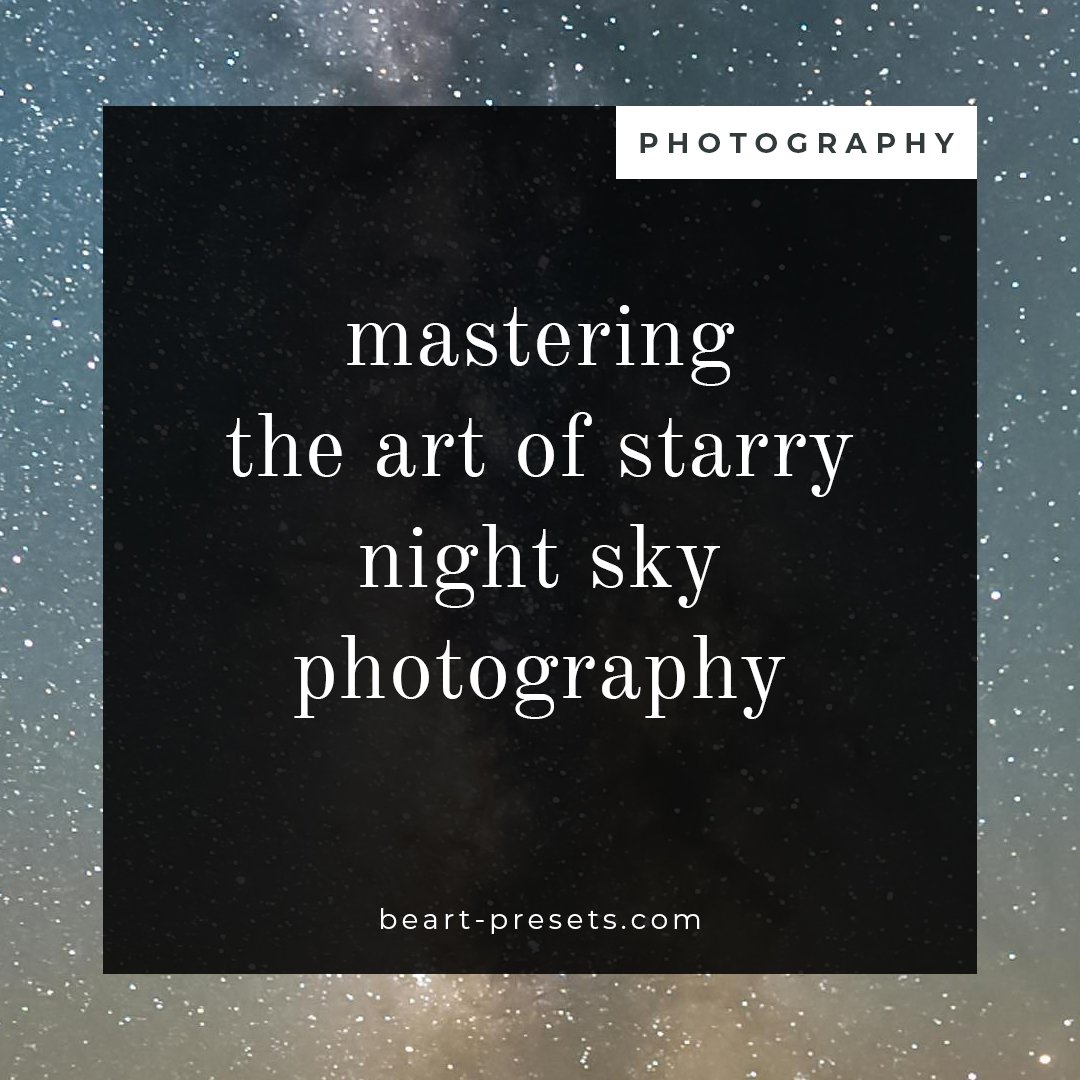Eternal Landscapes on Canvas: A Journey into the Timeless Allure of Landscape Paintings
Landscape paintings, an art form that has transcended centuries and cultures, hold a unique allure that continues to captivate art enthusiasts and collectors around the world.
Through the skilled hands and creative minds of artists, landscapes come to life on canvas, capturing the beauty and grandeur of the natural world in ways that words alone cannot convey.
Painting and photography, while divergent in approach, share a common goal: to encapsulate the breathtaking beauty of landscapes. Paintings are a canvas for an artist's soul, offering a window into their emotional response to the world around them. In contrast, photographs stand as frozen fragments of time, offering a tangible link to a specific moment in nature's ever-changing symphony.
Both mediums have their distinct charm and appeal. Paintings elicit emotions through subjective interpretations, while photographs convey authenticity and realism. Each offers a journey—one into the artist's creative psyche and the other into the very heart of the landscape.
In a world where technology has blurred the lines between creation and replication, painting and photography stand as testaments to the enduring human desire to capture the ephemeral beauty of landscapes. As brushes and lenses continue to capture the world's wonders, they remind us that art, whether through paint or pixels, is a celebration of the world's infinite marvels.
This article delves into the rich history, techniques, and enduring appeal of landscape paintings, shedding light on why this genre remains a timeless favorite.
A Historical Journey
The origins of landscape painting can be traced back to ancient civilizations such as the Greeks and Romans, where depictions of nature were often included as backgrounds in larger scenes.
However, it wasn't until the Renaissance in Europe that landscape paintings began to gain prominence as standalone artworks. Artists like Leonardo da Vinci and Albrecht Dürer started incorporating detailed landscapes as integral elements in their compositions, laying the foundation for the genre's evolution.
The Golden Age of Dutch landscape painting in the 17th century brought about a significant shift. Artists like Jacob van Ruisdael and Aelbert Cuyp painted intricate scenes that celebrated the beauty of their homeland. These works often featured wide-open spaces, rolling hills, serene waterways, and the interplay of light and shadow.
The genre continued to evolve, with Romanticism in the 18th and 19th centuries introducing a more emotional and imaginative approach to landscape art, exemplified by artists like J.M.W. Turner and Caspar David Friedrich.
Techniques and Approaches
Landscape painting is a discipline that requires not only artistic skill but also a deep understanding of the natural world. Artists employ various techniques to capture the essence of landscapes, from realism to abstraction.
Realism: Some artists aim to depict landscapes with the utmost fidelity, employing techniques such as meticulous brushwork and precise color mixing. This approach allows viewers to almost step into the scene, experiencing the beauty of nature as if they were present.
Impressionism: Impressionist painters like Claude Monet and Pierre-Auguste Renoir embraced the play of light and color in their landscapes. Their works often appear spontaneous and vibrant, capturing fleeting moments and atmospheric effects rather than intricate details.
Expressionism: Artists like Vincent van Gogh brought an emotional and subjective approach to landscapes. Through bold brushstrokes and intense colors, they aimed to convey their inner feelings and impressions of the natural world.
Abstraction: Some contemporary artists choose to depict landscapes in abstract forms, using shapes, colors, and textures to evoke the essence of nature rather than replicating it realistically. This approach invites viewers to interpret and engage with the artwork on a personal level.
Enduring Appeal
The enduring appeal of landscape paintings can be attributed to several factors:
Connection to Nature: In an increasingly urbanized world, landscape paintings provide a sense of connection to the natural world. They offer viewers an opportunity to escape the hustle and bustle of daily life and immerse themselves in the tranquility of a serene landscape.
Emotional Resonance: Landscape paintings have the power to evoke emotions and memories. The sight of a familiar landscape or a beautifully rendered scene can trigger feelings of nostalgia, wonder, and even introspection. Viewing landscape art even has therapeutic benefits and certain art sellers, like Dare2Wear, offer mental health paintings, designed as tools for emotional healing and reflection.
Timeless Beauty: The beauty of landscapes is eternal, transcending the boundaries of time and culture. Whether it's an ancient forest, a serene lake, or a majestic mountain range, the subjects of landscape paintings remain universally captivating.
Versatility: Landscape paintings can fit seamlessly into various settings, from traditional to modern interiors. They serve as a harmonious backdrop, adding depth and ambiance to any space.
Artistic Interpretation: The diversity of artistic styles and approaches within landscape painting ensures that there's something for everyone. Whether one appreciates the precision of realism or the abstraction of contemporary art, landscape paintings offer a broad spectrum of artistic expression.
Conclusion
Landscape paintings stand as a testament to humanity's fascination with the natural world. From the meticulous realism of the past to the bold abstractions of the present, artists have continuously sought to capture the essence of landscapes on canvas.
These artworks not only showcase the skill and creativity of the artists but also invite viewers to explore the beauty, serenity, and awe-inspiring qualities of nature. As we continue to evolve, landscape paintings remain a timeless bridge between the human experience and the vast, intricate tapestry of the world around us.

















